As the price of oil crashed in 2014, shockwaves were felt across Aberdeen’s property market – with values and rent prices plummeting.
Industrial property in the south side of the city, much of which is now part of the Energy Transition Zone, suffered from mass oversupply against demand.
Virtually no new development took place amid a critical lack of investment.
Major occupiers relocated entirely, such as Total, Nexen and Transocean, or consolidated their office footprints into a single location.
Fast forward to the formation of the ETZ three years ago, properties in Altens and East Tullos were at the bottom of the property market, being sold at auction for knock-down prices or demolished to mitigate business rates.
As recently as 2023, Hutcheon Mearns Real Estate reported around one million square feet of vacant property in the Zone area, equating to 30% of Aberdeen’s industrial supply.
The majority was considered below the required quality.
So what changed?
An emerging pipeline of green energy projects and the opening of the new Aberdeen South Harbour have been essential to improving the market, with the recent upturn in demand highlighting the strength and innovation of the region’s world class supply chain.
ETZ has, importantly, provided an economic focal point to address recent market failure.
The private sector has been able to get behind our masterplan, with a vitally important coordinated effort and commitment to regeneration.
While that commitment has been welcome, delivery has been key.
The W-Zero-1 building, home to the world’s first Floating Wind Innovation Centre (FLOWIC), is now operational and has brought renewed confidence in further projects and investment coming forward.
Neil Young on what’s next for ETZ
Work will soon get under way on two key projects to boost sentiment further.
ETZ’s Energy Incubator and Scale up Hub, supported by bp, will house a diverse range of pioneering business seeking to accelerate their growth.
The Energy Transition Skills Hub, supported by Shell, on the site of a dilapidated and defunct dairy, will attract students seeking to command the skills required for new and green energies.
Both developments are also supported by government funding, exemplifying the importance of public-private partnerships to deliver the transition.
These projects, both in Altens, will open next year.
How much has ETZ ploughed into building projects?
Importantly, current and future occupiers in the region will then benefit from an unrivalled support network from partners such as ORE-Catapult, North East Scotland College (Nescol), National Manufacturing Institute Scotland (NMIS), and the Net Zero Technology Centre (NZTC).
Private sector engagement is also important; we continually engage with occupiers and landlords within the zone.
Following discussions with us, supply chain solutions company Peterson Energy Logistics opened a customs warehouse and expanded their footprint within the Zone.
ETZ Ltd has been taking action to address the recent lack of investment in property stock; our Property Improvement Fund has supported seven projects, with ETZ contributing £1.5m in order to unlock a total of £5.3m.
Who has benefited?
One such project is Ross Safety and Survival, who have committed to a long-term lease at Aberdeen One.
This business expansion, targeting renewables projects, is expected to see their headcount increase by around 20 people in the coming years.
This upturn in activity is encouraging and shows there is a clear low-carbon supply chain emerging and a clustering effect already starting to form.
New hydrogen project offers more hope for area
For example, bp and Aberdeen City Council recently took a final investment decision on the Aberdeen Hydrogen Hub and planning permission is now being sought by ORE Catapult for a large mooring test rig facility within the Zone.
Separate to the work of the PIF, which has been attracting new tenants, Integrity ISS recently moved into the Energy Transition Zone as part of its journey as an expanding engineering services firm.
This is just the first phase of the ETZ but through our brownfield first approach and initiatives like the Property Improvement Fund, we are witnessing the revitalisation of the Altens and East Tullos Industrial Estates and that is hugely welcome.
But significant challenges lie ahead, and we need acceleration of renewable energy projects as well as the tools to address the reality of a very high-cost base.
How does ETZ keep growing?
Overcoming these issues will mean continuing to deliver on the aims of our masterplan…
We need to attract new investment in manufacturing to support delivery of offshore wind and optimise the brand new £420 million Aberdeen South Harbour.
And we need to continue to revitalise existing industrial estates to ensure supply chain growth opportunities.
Neil Young: ETZ will have ‘laser-like focus’
Our next exciting phase will be to enable premium development opportunities connected to the harbour for companies seeking to accelerate offshore renewables.
There remains a huge amount of work to be done but it is clear our comprehensive investment programme to deliver market-ready properties and sites for high-value manufacturing and the wider energy supply chain, is bearing fruit.
We will continue to have a laser-like focus on attracting sustainable investment and jobs as we accelerate this region’s energy transition ambition and ensure the downturn a decade ago remains a distant memory.
Read more about the major revamps taking place across the estate.
Neil Young is the director of land and planning for ETZ Ltd. He works closely with the energy directors to deliver built infrastructure projects and support new private development and investment within the Energy Transition Zone.
Decade after downturn: How Aberdeen changed after oil price crash

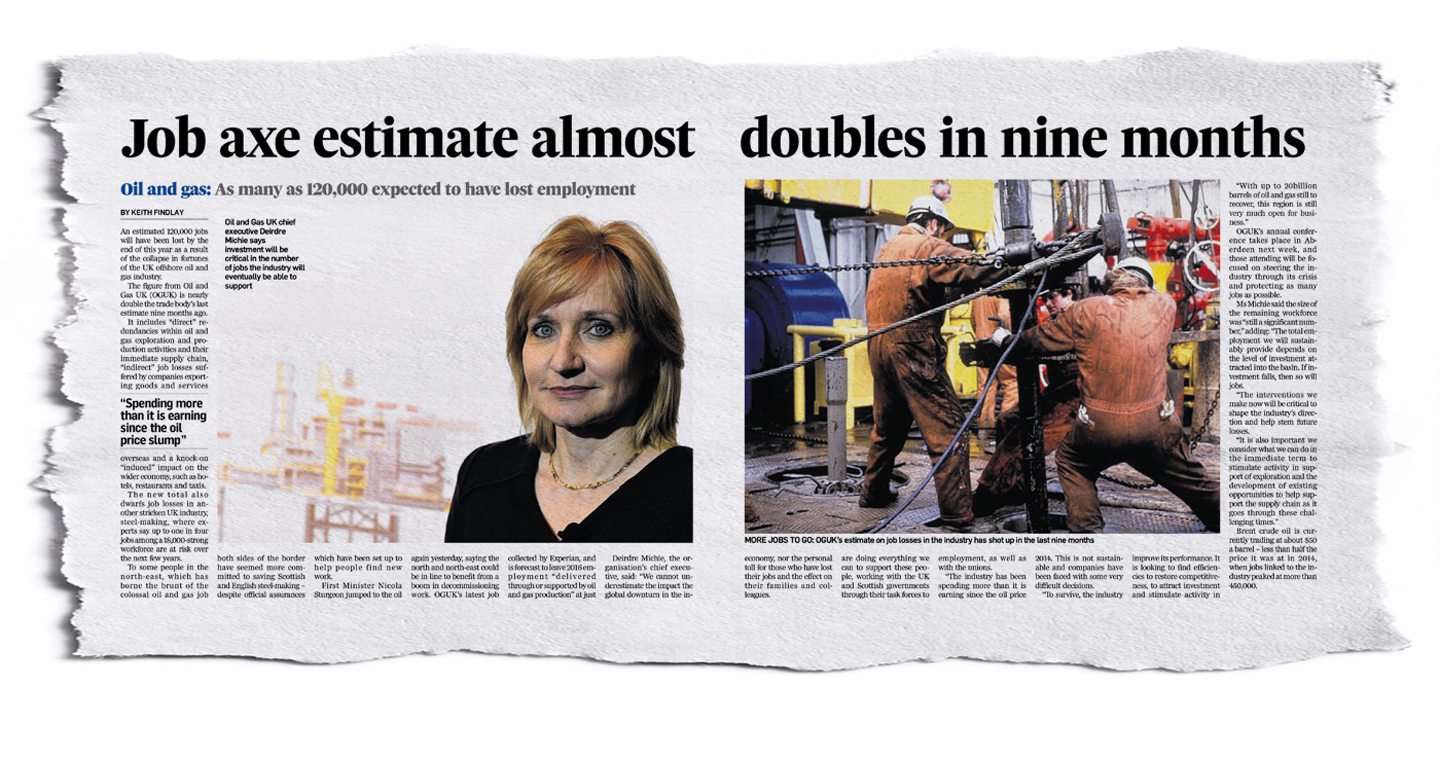
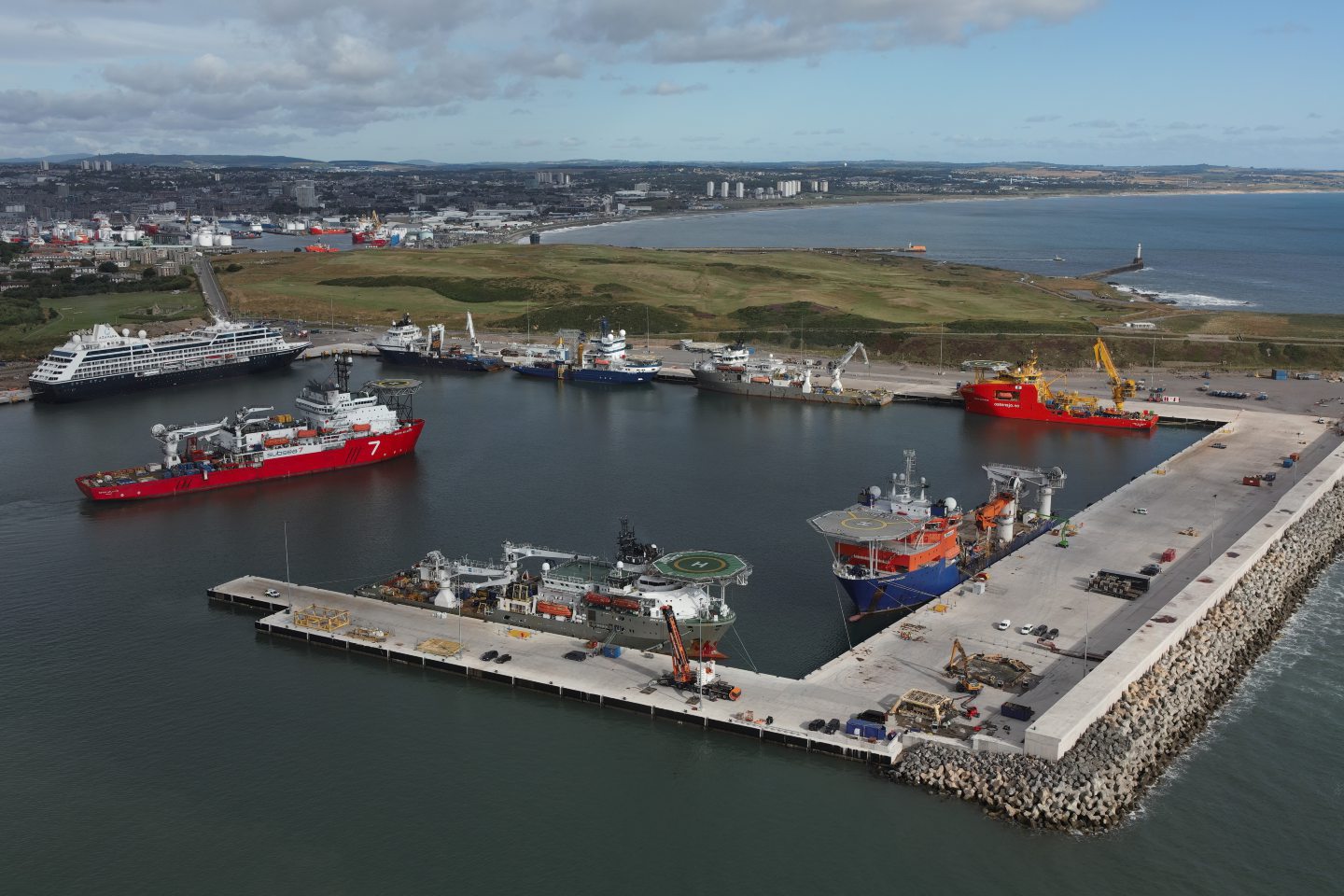
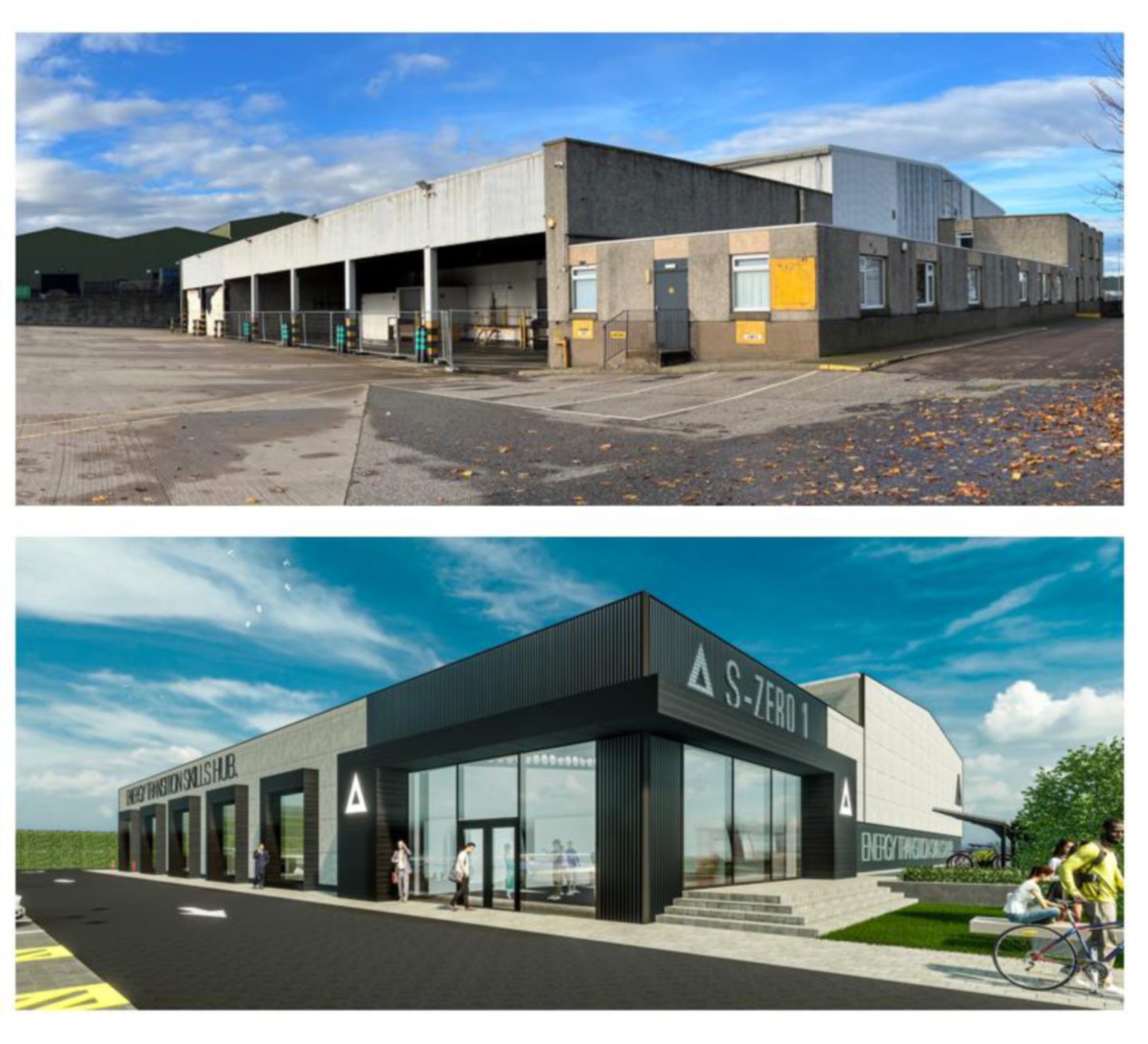
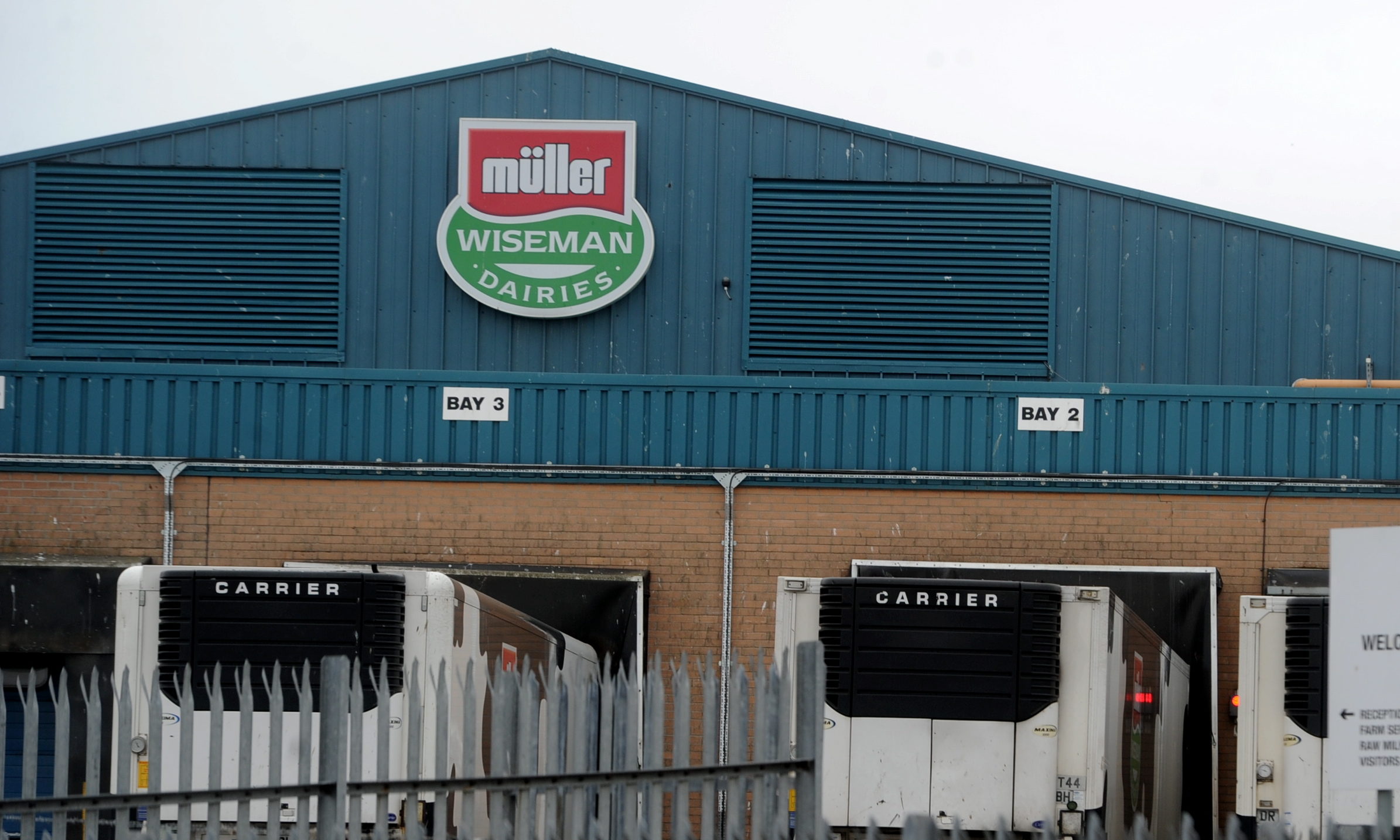
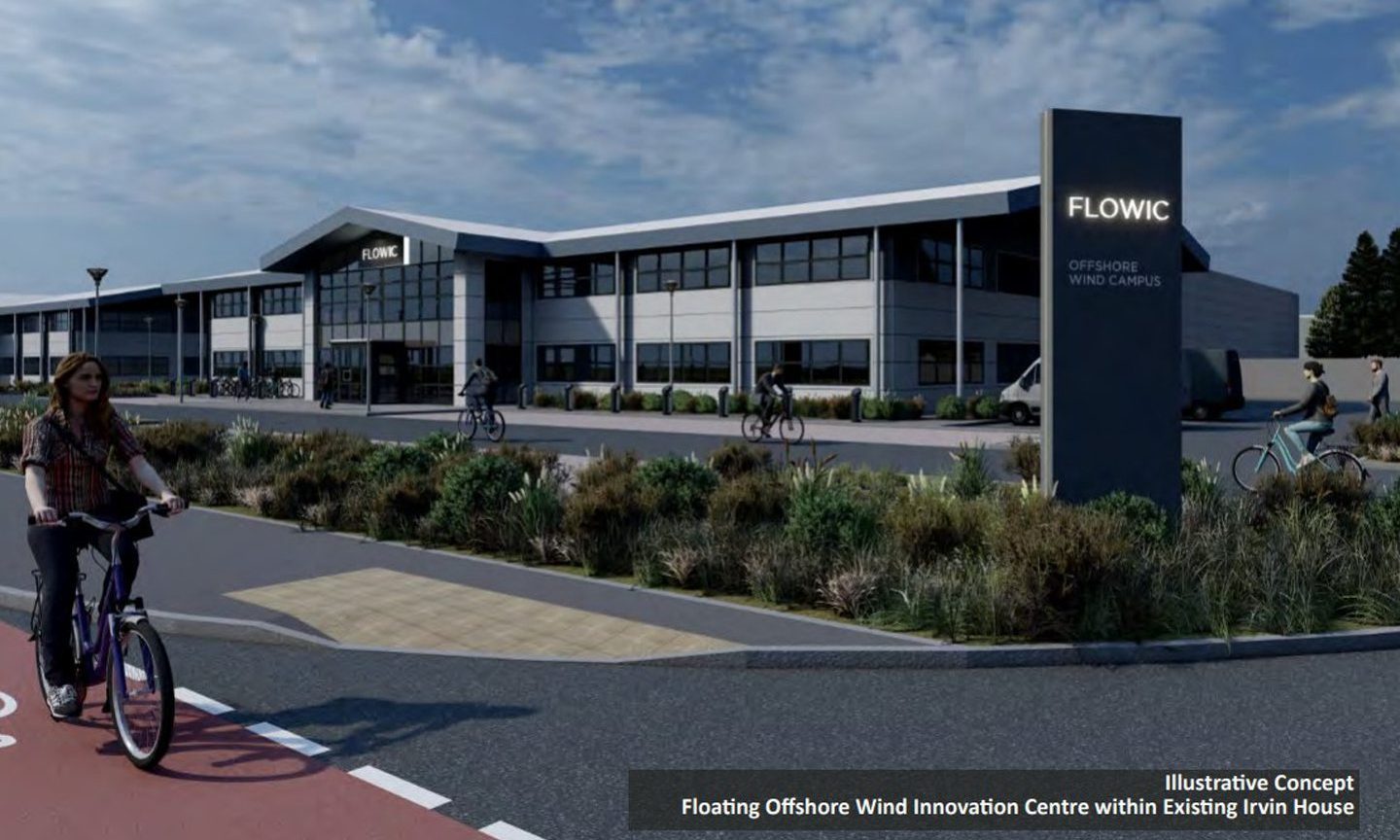
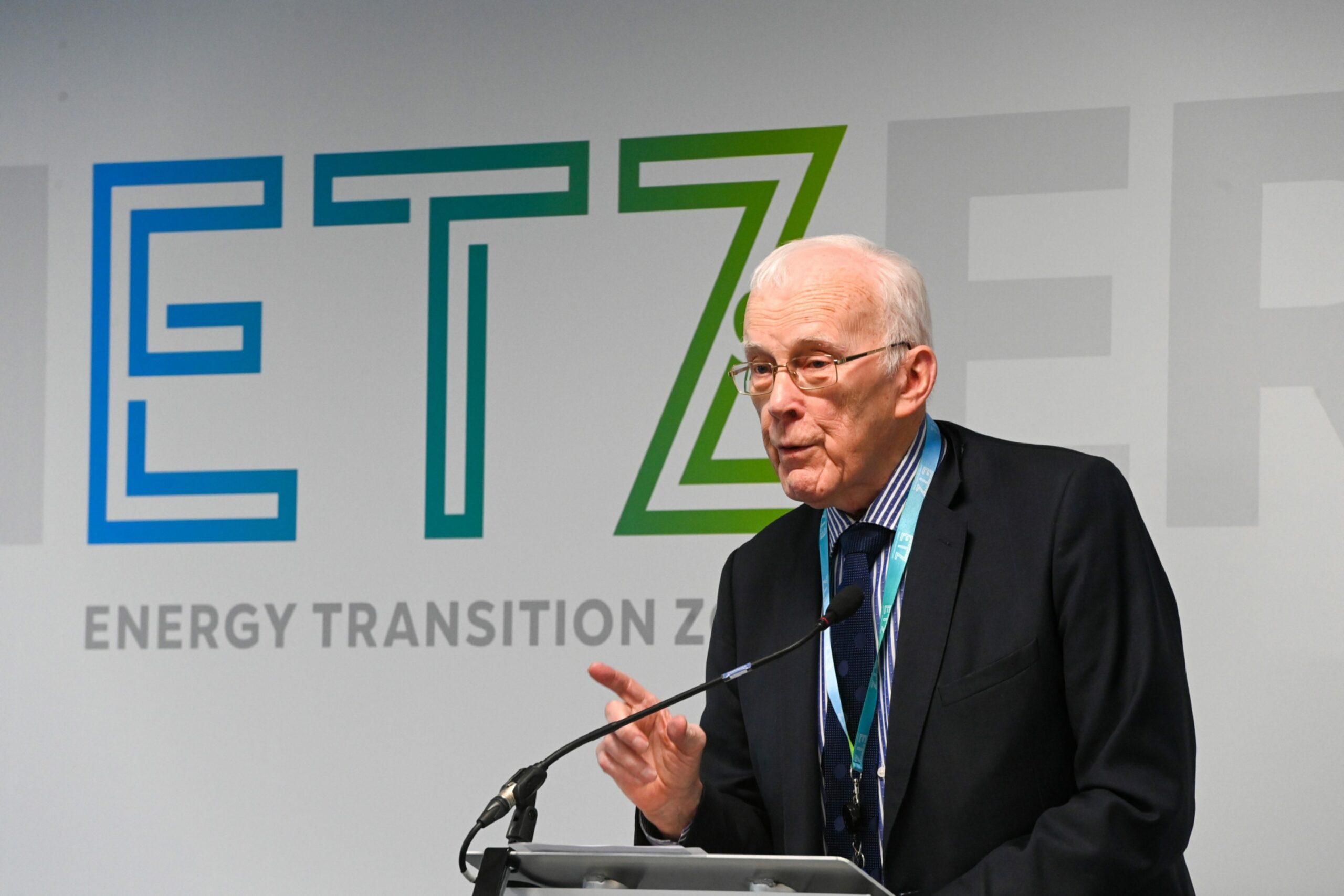

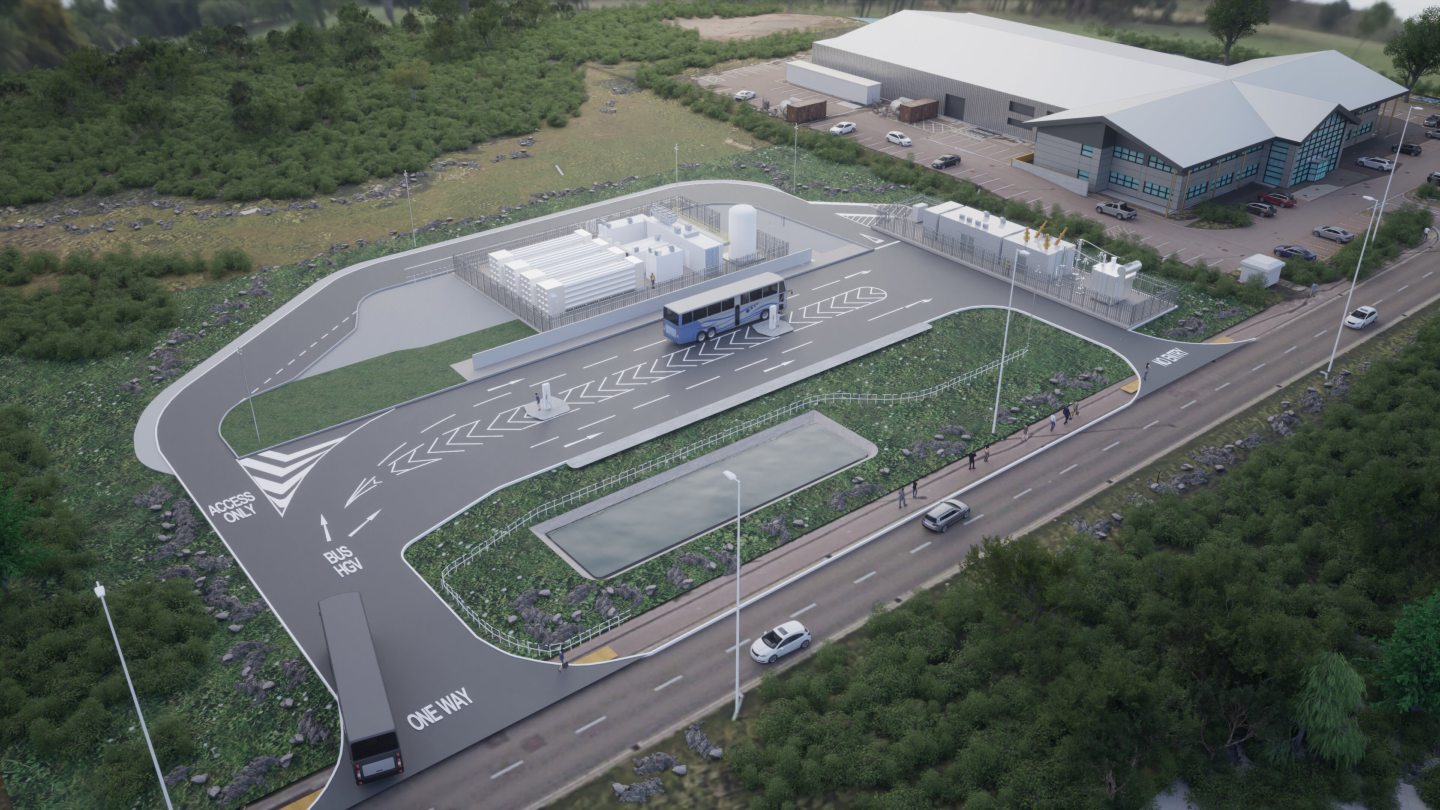
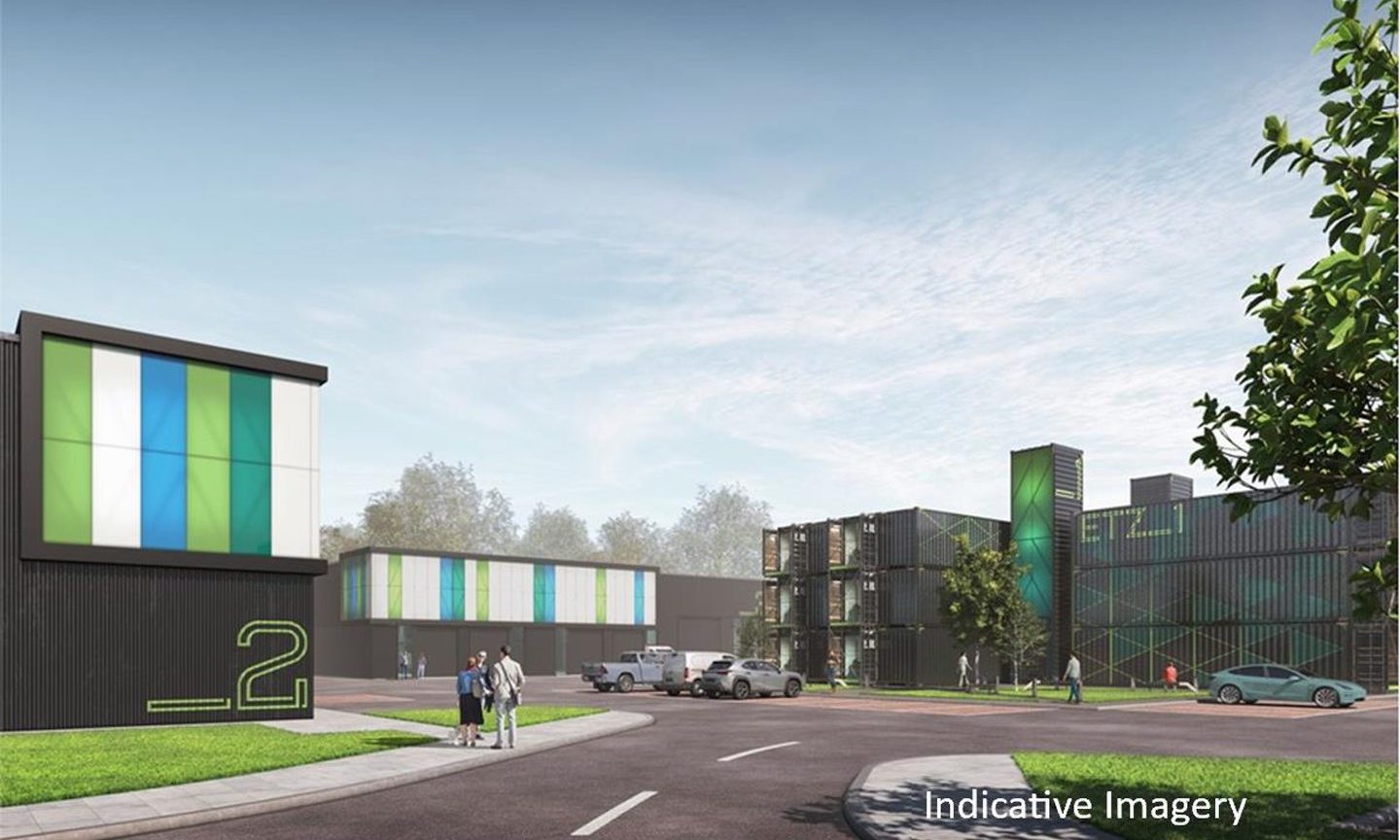
Conversation